Medellin returns to its tropical modernist roots
Foliage is fashionable again in Medellin as eco-conscious architecture spreads its roots and the city returns to tropical modernism
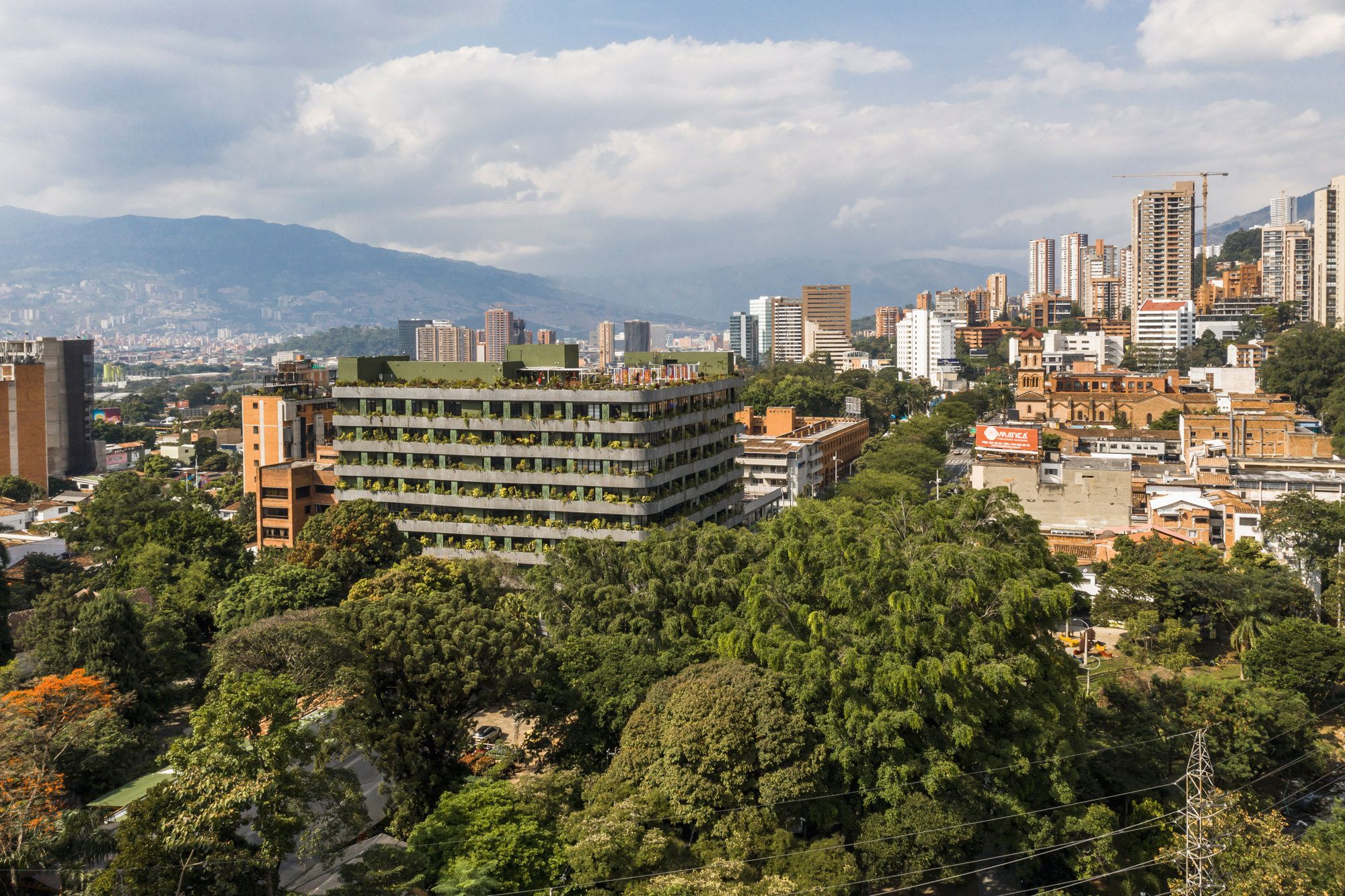
After decades of drift, of architects losing touch with their local traditions, foliage is fashionable once more in Medellin. Colombia’s most innovative city is going through a green (r)evolution, a return to its tropical modernism roots with a flurry of high-profile hotels, high-end apartment blocks and holistic offices that put plants very much back into the picture.
‘It’s like my grandfather always used to say,’ says Felipe Mesa of architecture firm Plan:B. ‘There’s no building that’s been designed by an architect that can’t be improved by planting a tree in front of it.’ Mesa has been leading the city’s powerful, flowery recovery since he arrived on Medellin’s architectural scene with Orquideorama, a towering, beehive-inspired public space built to showcase the Jardin Botánico’s orchid collection in 2006. Since then, Mesa and his team have pushed the envelope with an organic spread of eco-conscious architecture, including his collaboration with Giancarlo Mazzanti in 2009 on a series of green, permeable sports venues in the heart of the city.
The city’s urban planners have been nurturing an architectural uprising along the same lines, laying down 30 green corridors that involved architectural gardens and the planting of 8,300 trees and 350,000 shrubs to criss-cross the city and pump oxygen back into the most polluted neighbourhoods in 2019. The new corridors were connected to 20 ‘articulated life units’ (the city’s formal name for parks) by more than 80km of new cycle lanes – all funded by the city’s renewable energy company, Empresas Publicas de Medellin.
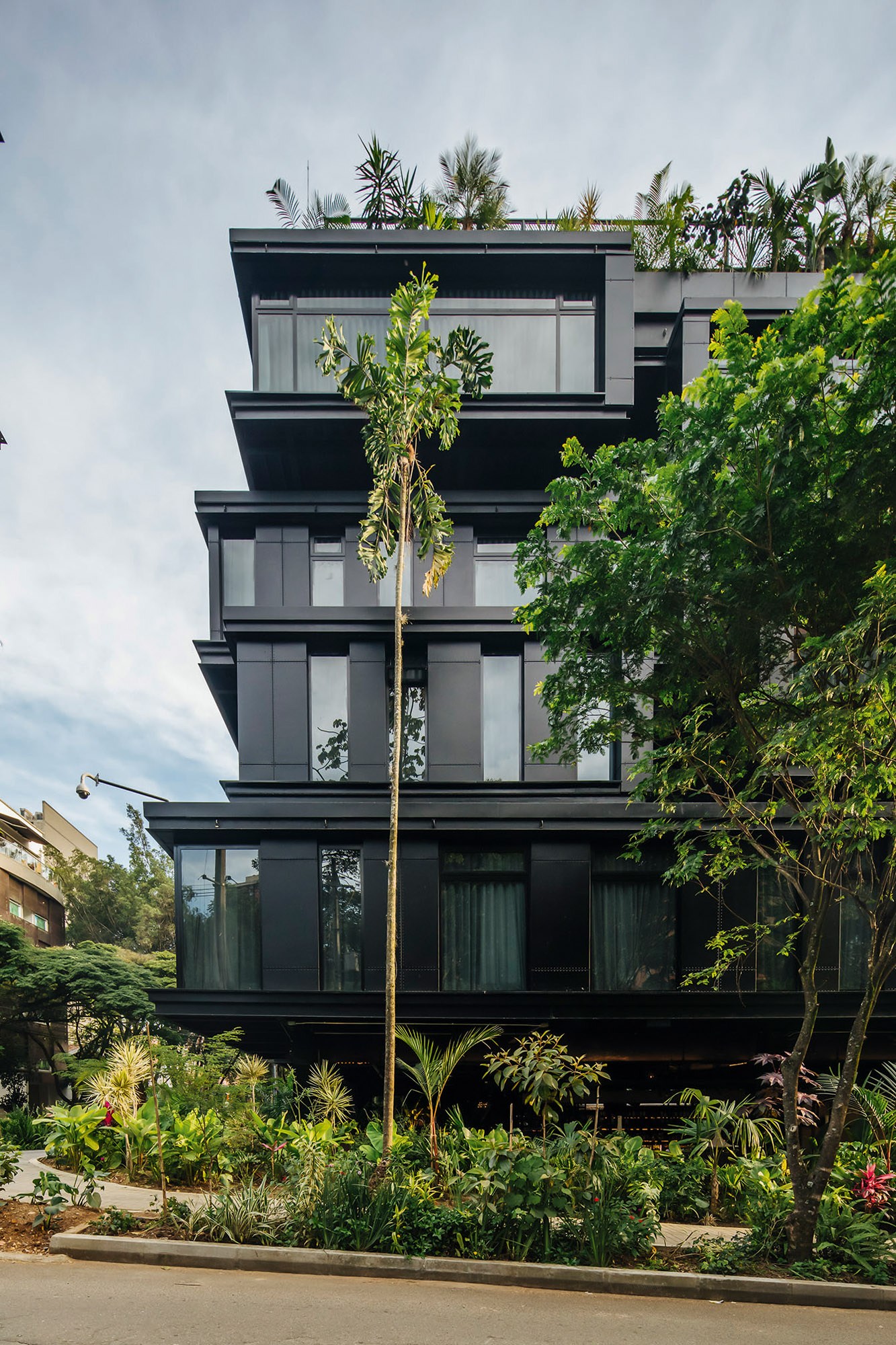
The Click Clack hotel by Plan:B
But while nature-based solutions are integral to city hall’s response to Medellin’s mounting issues with air pollution and the climate crisis, not all the growth that has engulfed the city over the last 20 years has been healthy. Much of the rampant construction of residential towers to the south has isolated its residents from the exuberant natural riches found in what is, mile for mile, the most biodiverse country on Earth. The need to push where and how we live back towards nature has heralded a recent rediscovery of the tropical modernist principles that shaped much of the city’s architecture in the 1960s, inviting nature back into Colombian homes. ‘For the last five years, sustainability has definitely been more fashionable, but actually there is nothing new in this,’ says Mesa. ‘The people of Medellin have always loved the countryside and nature, even if they are in the city.’
Forward-thinking clients have embraced Plan:B’s approach. The groundbreaking Colombian design hotel brand Click Clack commissioned the practice to create its second location, which opened in Medellin in 2019. The project uses native plants throughout to reduce thermal heating of the building, and the asymmetric organisation of the rooms and balconies, stacked on top of each other like containers, permits the flow of air into the rooms and balconies when guests choose to open the doors and windows. At ground level, the L-shaped building is lifted up by pilotis to permit the flow of air and people in equal parts. Landscape architects Greenfield + Epifita introduced more than 20 species to the property, inviting guests to cohabit the space.
For the office building Antejardin, Plan:B used a similar approach, introducing cross-ventilation and tropical plants on the balconies, rooftop terrace and interior patio to reduce internal temperature and energy consumption. Pointing the way to office buildings of the future, Antejardin was finished just six months before the pandemic raised serious questions about the long-term viability of the hermetically sealed, air-conditioned offices and hotels that have ruled the roost in Medellin since the 1990s.
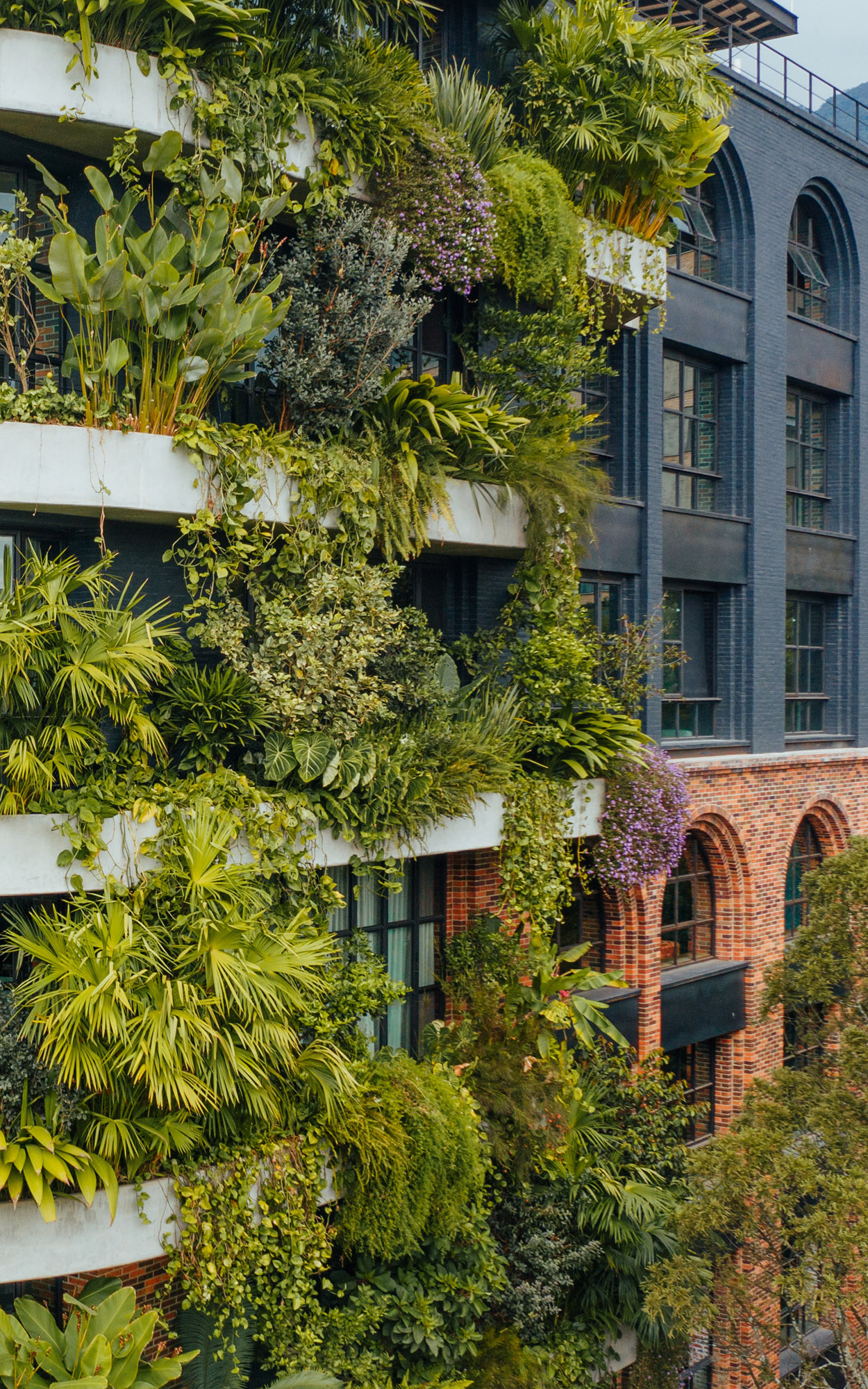
Above, the vertical gardens of the Provenza Arriba residential apartment block, designed by ALH Taller
The city has some impressive green credentials, which include being named the most innovative city in 2013 by the Urban Land Institute, partly for environmental criteria, and being lauded by the World Economic Forum and C40 in 2019 for its green corridors. But if there’s one building that can take credit for these credentials firmly taking root in more private commissions, it’s Matorral by ALH Taller. The five-storey residential block won the Lápiz de Acero award, the most notable accolade granted to Colombian designers, and the financial success of its five luxury apartments ignited demand for a string of similar projects. In the last four years, ALH Taller’s curvaceous, verdant designs, coupled with seductive, minimalist interiors by local studio 5 Solidos, have struck a chord with both the celebrity set and hoteliers alike, with new projects by the team, as well as other practices following in their footsteps, springing up across the city.
‘We wanted to create the experience of living in a house in the countryside in a highrise,’ says Santiago Arango, one of the founders of ALH Taller. ‘We have always been interested in the integration of external and internal space to create architecture that’s permeable.’
The post-pandemic popularity of ALH Taller’s mood-defining mix of iconic midcentury modern cobogós from Brasilia, Manhattan loft-style floorplans, and Arquitectonica-esque cheese holes has opened the way for more of the same. Much more. To the delight of many longsuffering office workers, it has even prompted the retrofit of many older offices that had previously shunned vertical gardens.
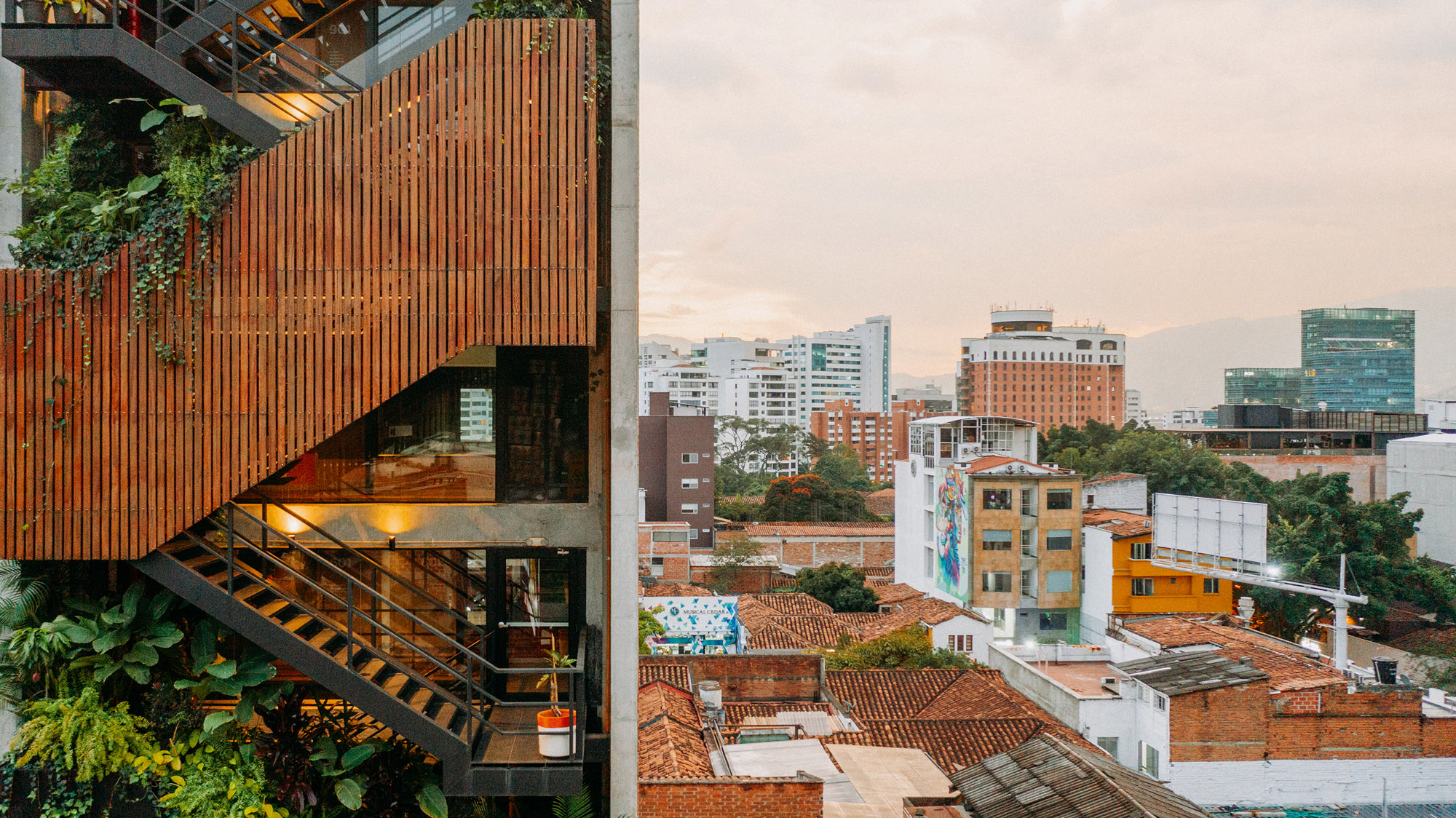
Above, The Somos hotel in Medellin’s fashionable El Poblado district, where rooms are linked by an external black steel staircase, punctuated by greenery
ALH Taller incorporates loft-style, floor-to-ceiling windows in all of its buildings to reduce energy consumption by increasing natural light and cross-ventilation. Foliage is embedded into the buildings’ design and nurtured with collected rainwater. ‘These are real gardens with 3m-high trees that give fruits, such as oranges and lemons,’ says Arango. ‘When finished, the buildings generate oxygen for the city, and attract birds, butterflies and bees.’
Another local architecture studio that is honouring the city’s tropical modernist traditions is A5 Arquitectura, whose recent projects include a 15-storey tower that will integrate trees of up to 11m in height on the balconies and terraces. The studio also designed The Somos hotel, where it positioned the staircase on the building’s façade to maximise the interior space available for rooms. Foliage draped from the staircase provides continuity between the leafy, public spaces in the basement and the rooftop bar, and helps reduce noise pollution in the guest rooms. In another project, Noi, A5 transformed a former industrial warehouse into a co-working space, featuring cross-ventilation, rainwater recycling and internal gardens, and also added solar panels to provide 50 per cent of the building’s energy needs.
‘Pioneering buildings like Matorral have created a tendency to include plants, terraces and gardens to bring the tropical riches that we have in Medellin closer to where we live, which is great,’ says A5’s Camilo Ramírez. ‘This has enriched the creative process, in particular for smaller residential projects in Medellin, but the theme of sustainability and the environment needs to go much further than just having some plants in a building.’
INFORMATION
This article appears in the August 2021 issue of Wallpaper* (W*268), on newsstands and available for free download
Wallpaper* Newsletter
Receive our daily digest of inspiration, escapism and design stories from around the world direct to your inbox.
Originally hailing from the UK, Rainbow Blue Nelson first landed in Colombia in search of Tintinesque adventures in 1996. Subsequent forays from his Caribbean base in Cartagena have thrown up a book about Pablo Escobar, and the Wallpaper* City Guides for Santiago, Brasilia, Bogota and Miami. Currently completing a second book about Colombia whilst re-wilding 50 hectares of tropical rainforest on the country's Caribbean coast, he’s interviewed some of South America's most influential figures in art, design and architecture for Wallpaper* and other international publications.
-
 From dress to tool watches, discover chic red dials
From dress to tool watches, discover chic red dialsWatch brands from Cartier to Audemars Piguet are embracing a vibrant red dial. Here are the ones that have caught our eye.
-
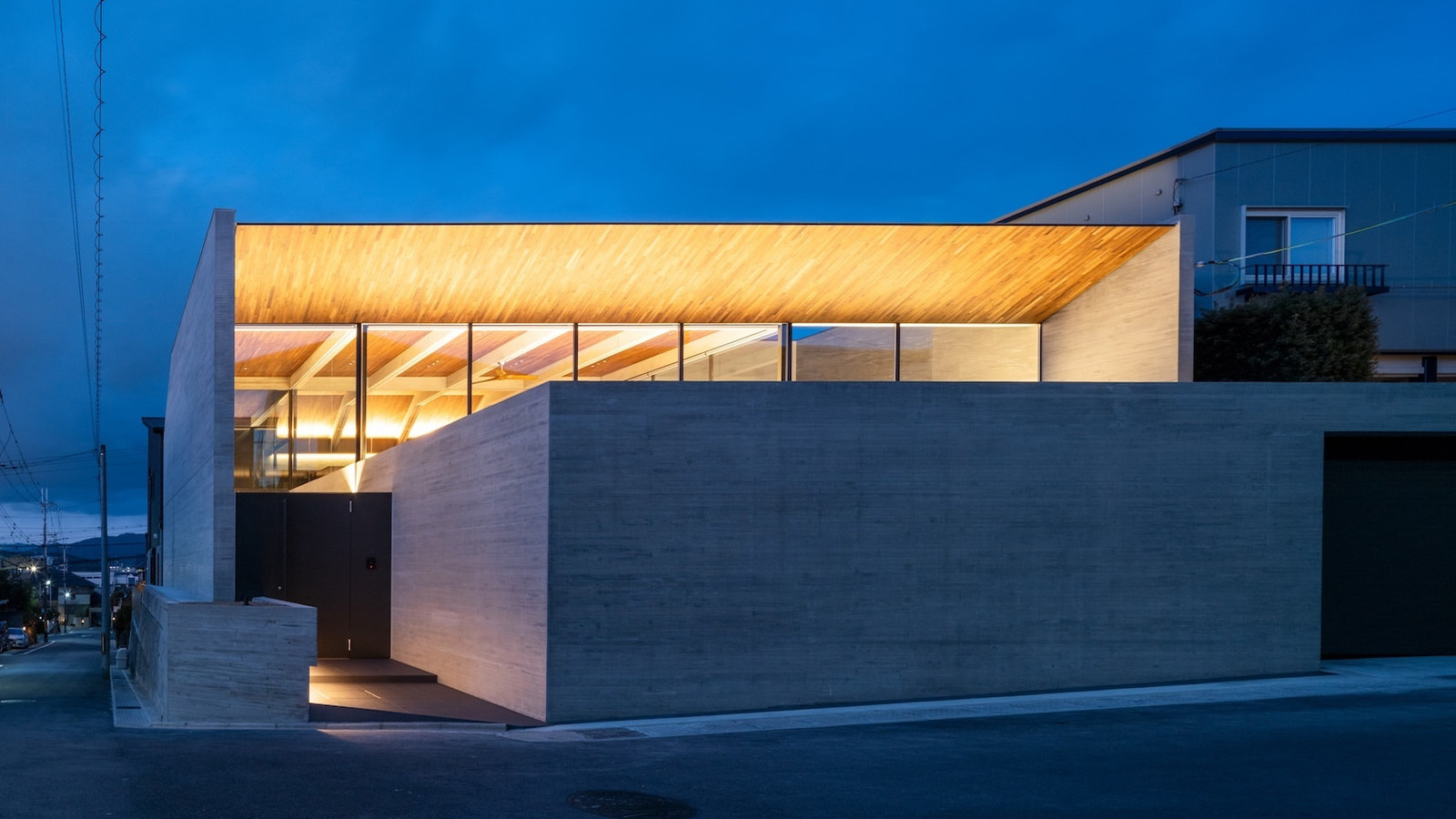 Behind a contemporary veil, this Kyoto house has tradition at its core
Behind a contemporary veil, this Kyoto house has tradition at its coreDesigned by Apollo Architects & Associates, a Kyoto house in Uji City is split into a series of courtyards, adding a sense of wellbeing to its residential environment
-
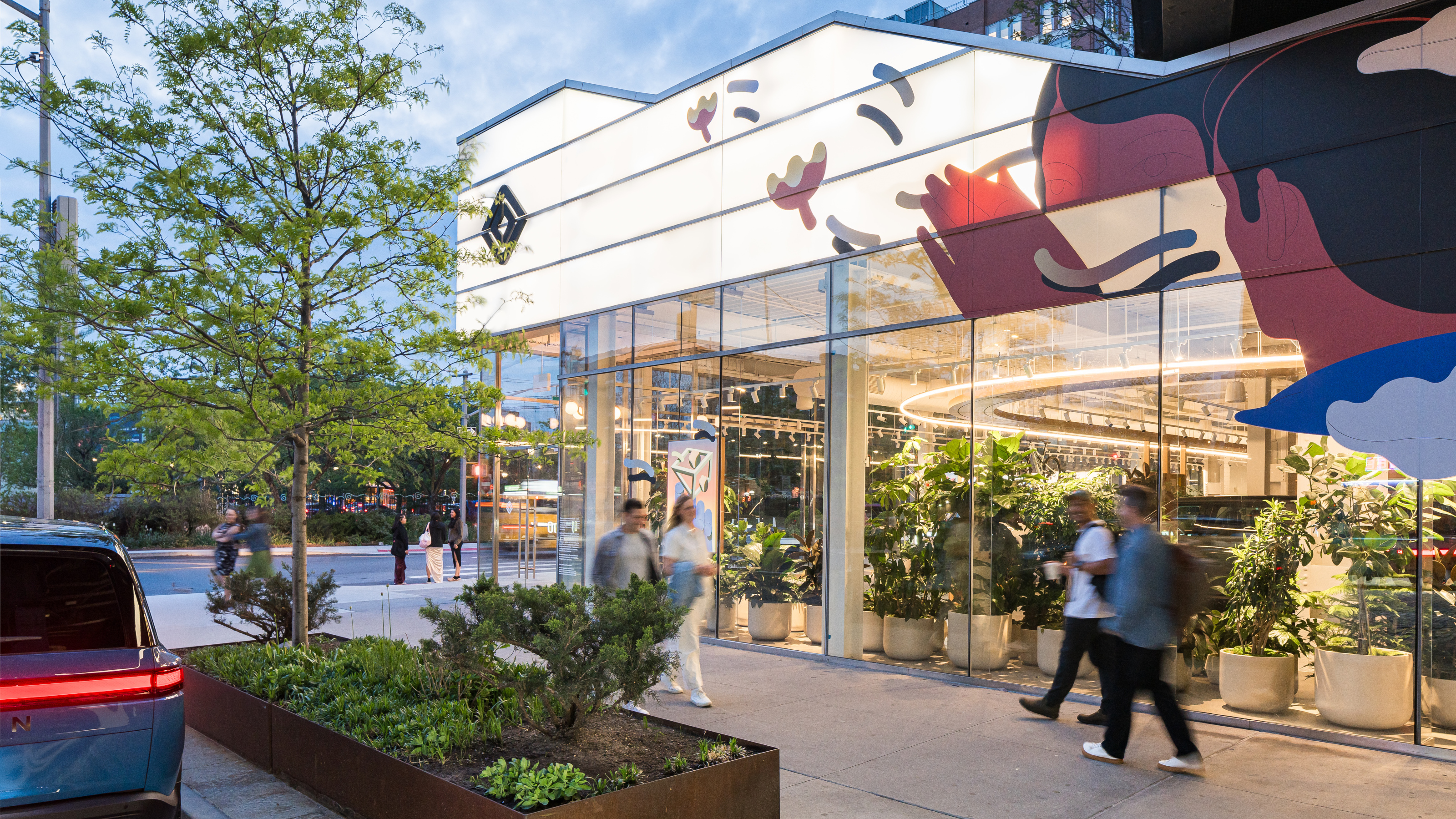 EV maker Rivian creates its first Concept Experience in New York’s Meatpacking District
EV maker Rivian creates its first Concept Experience in New York’s Meatpacking DistrictUnder the High Line, in the heart of one of New York’s most famous neighbourhoods is the Rivian Concept Experience, a showroom designed to surprise and delight both long-term aficionados and total newcomers to the brand
-
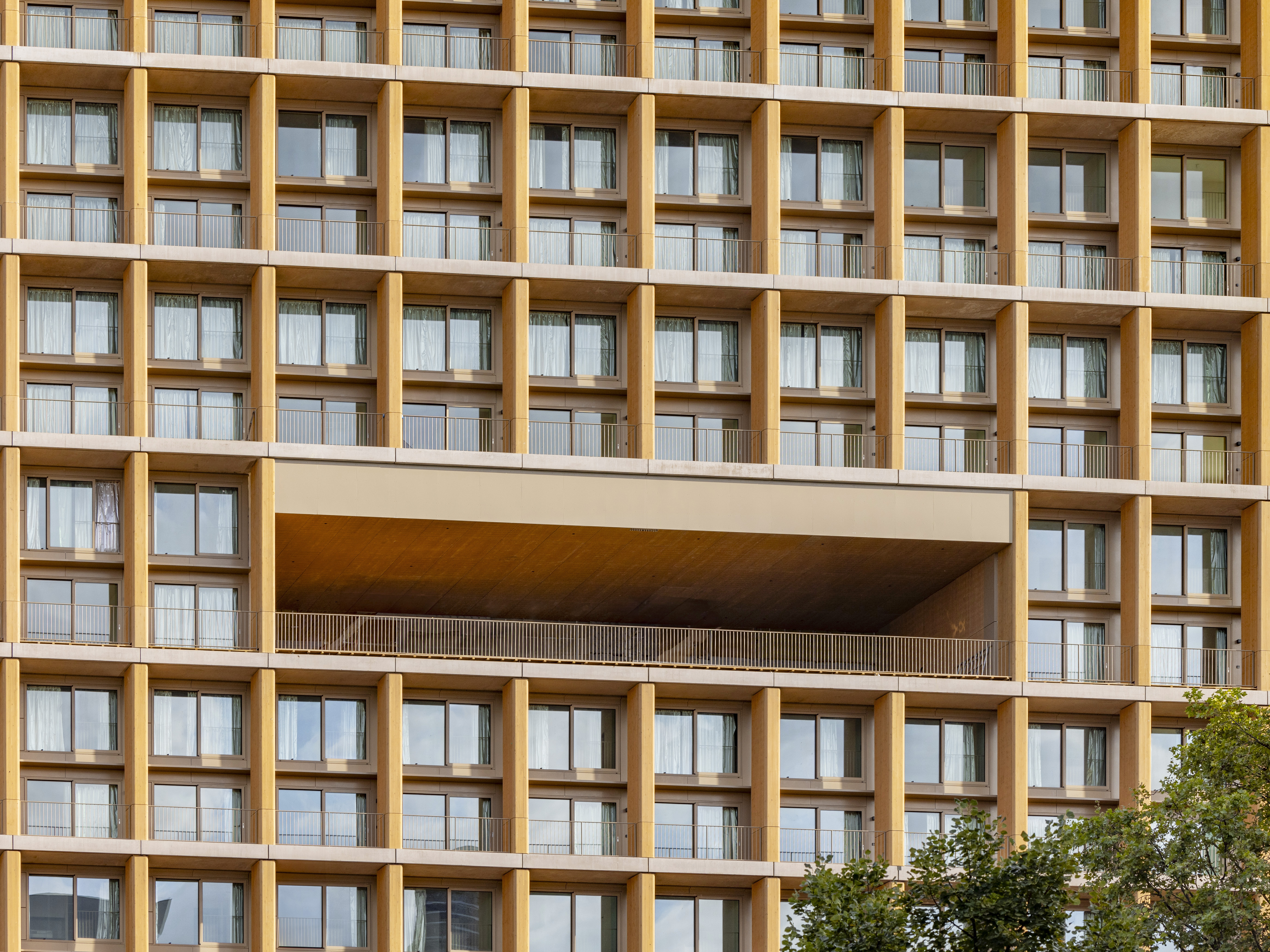 Explore wood architecture, Paris' new timber tower and how to make sustainable construction look ‘iconic’
Explore wood architecture, Paris' new timber tower and how to make sustainable construction look ‘iconic’A new timber tower brings wood architecture into sharp focus in Paris and highlights ways to craft buildings that are both sustainable and look great: we spoke to project architects LAN, and explore the genre through further examples
-
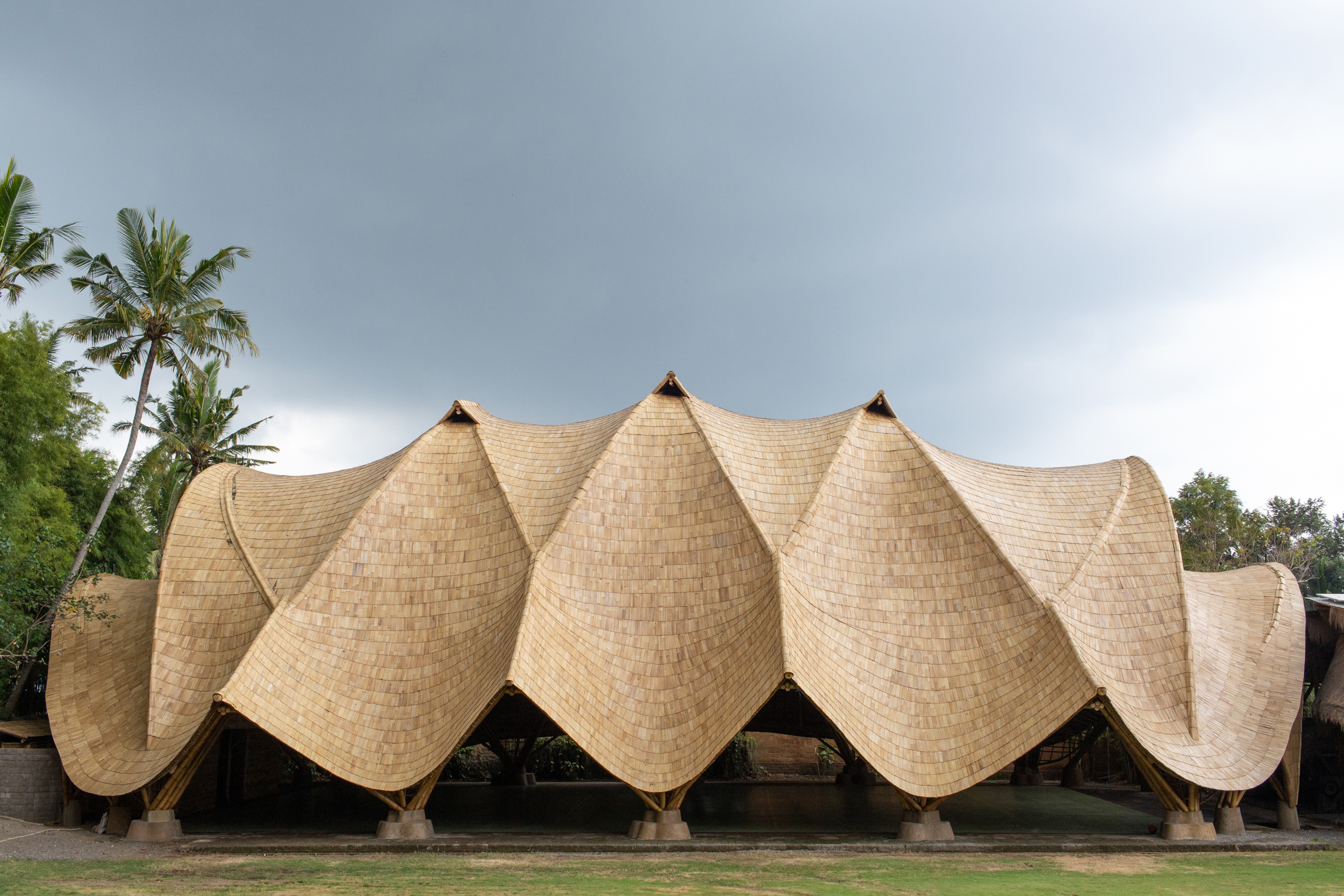 Building with bamboo: In Bali, designer, Elora Hardy, shares her tips and experience
Building with bamboo: In Bali, designer, Elora Hardy, shares her tips and experienceBamboo architecture can be powerful and sustainable; here, we talk to Ibuku's Elora Hardy, who shares her tips, thoughts and experience in working with the material in Bali
-
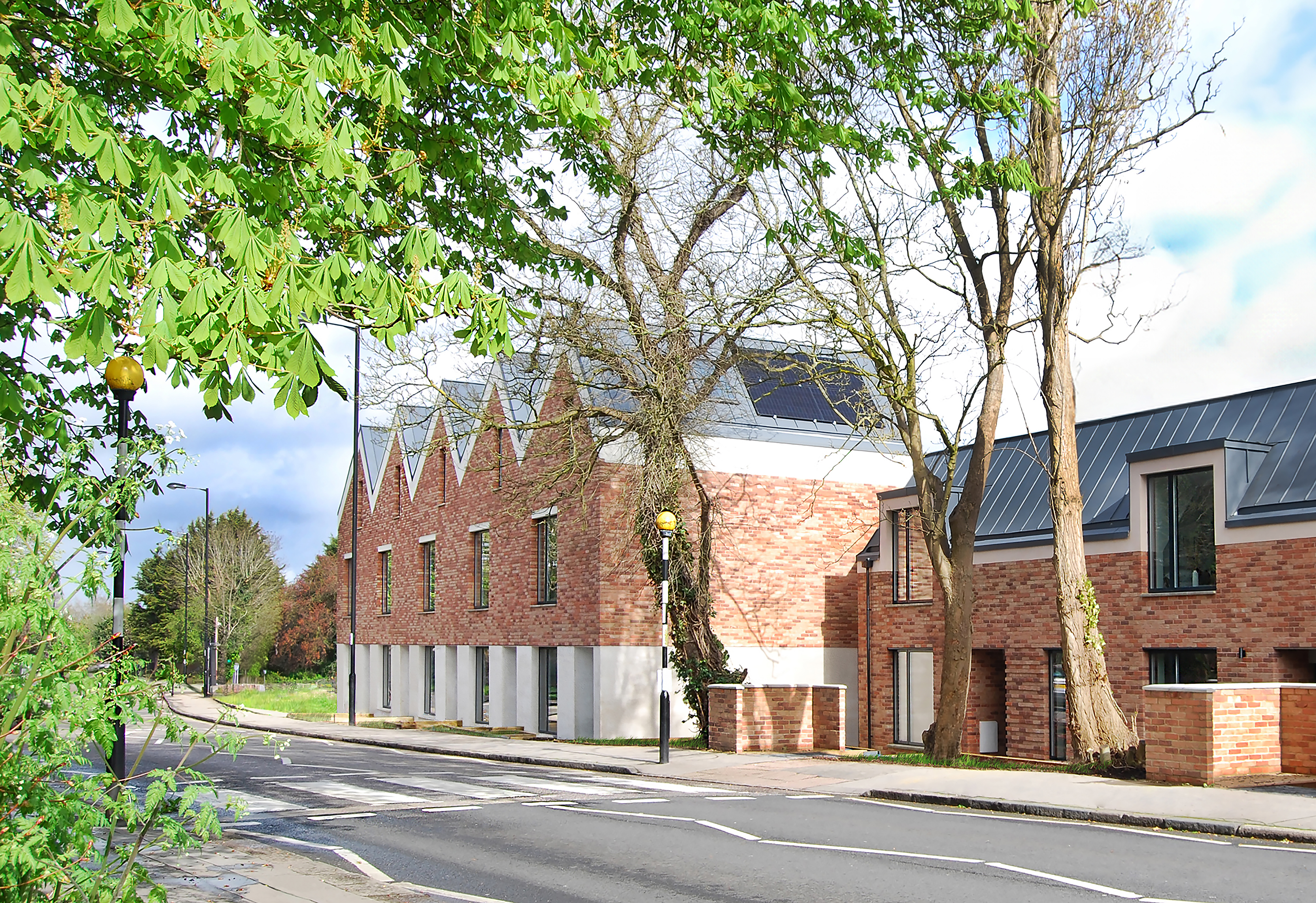 Hermitage Mews is a net-zero family of homes in London’s Crystal Palace
Hermitage Mews is a net-zero family of homes in London’s Crystal PalaceHermitage Mews by Gbolade Design Studio is a sustainable residential complex in south London's Crystal Palace, conceived to be green and contextual
-
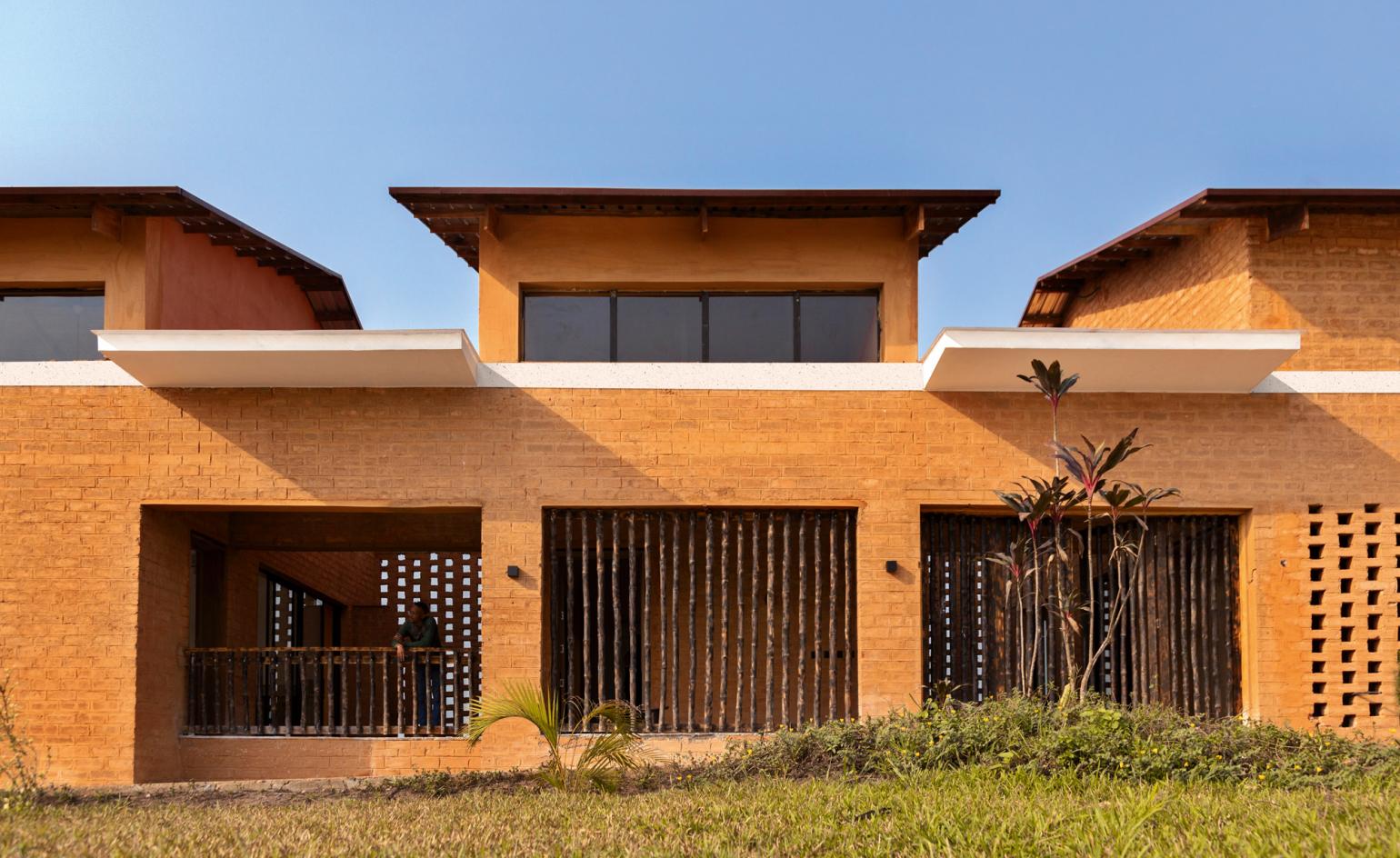 Sustainable architecture: 46 innovative and inspiring building designs
Sustainable architecture: 46 innovative and inspiring building designsThis is sustainable architecture at its best: from amazing abodes to centres of care and hard-working offices, these buildings not only look good but also do good
-
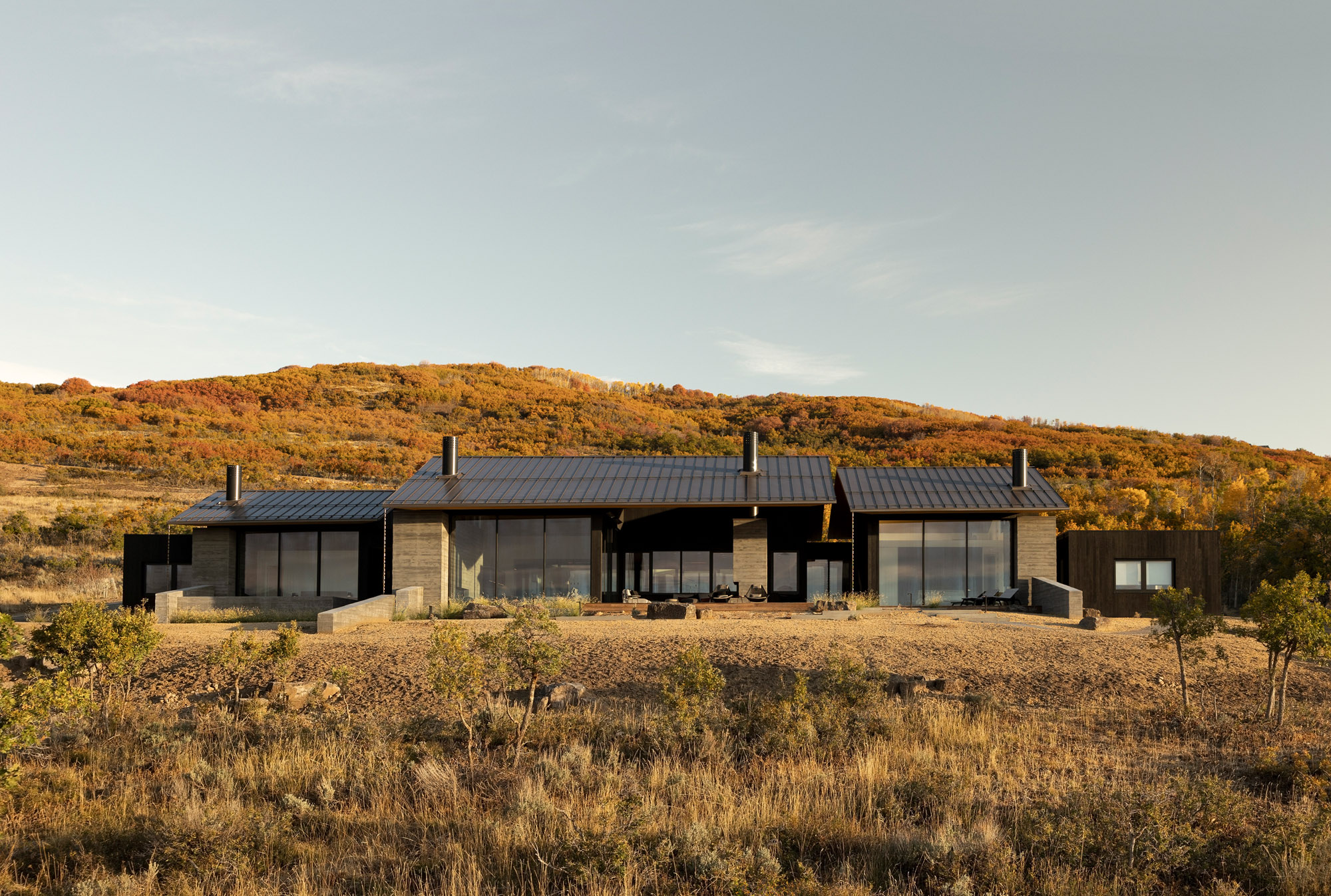 Slot House sets a high bar for sustainable architecture in Utah
Slot House sets a high bar for sustainable architecture in UtahSlot House, an energy-efficient mountain retreat in Utah, by local practice Klima Architecture, sets the bar high
-
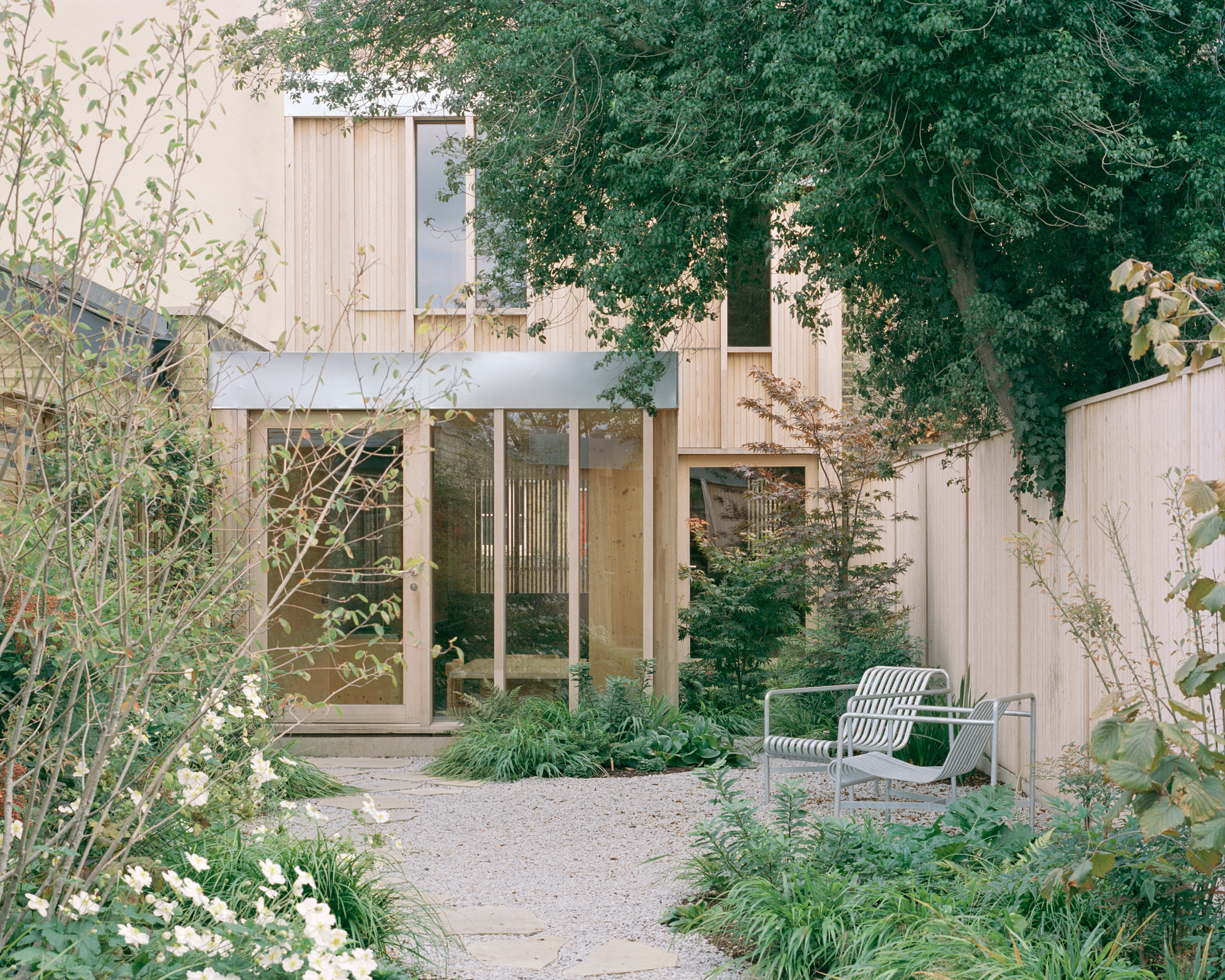 Spruce house offers a minimalist take on sustainable architecture
Spruce house offers a minimalist take on sustainable architectureSpruce House, London practice Ao-ft’s debut project, is a carefully crafted timber house that perfectly slots into its urban landscape
-
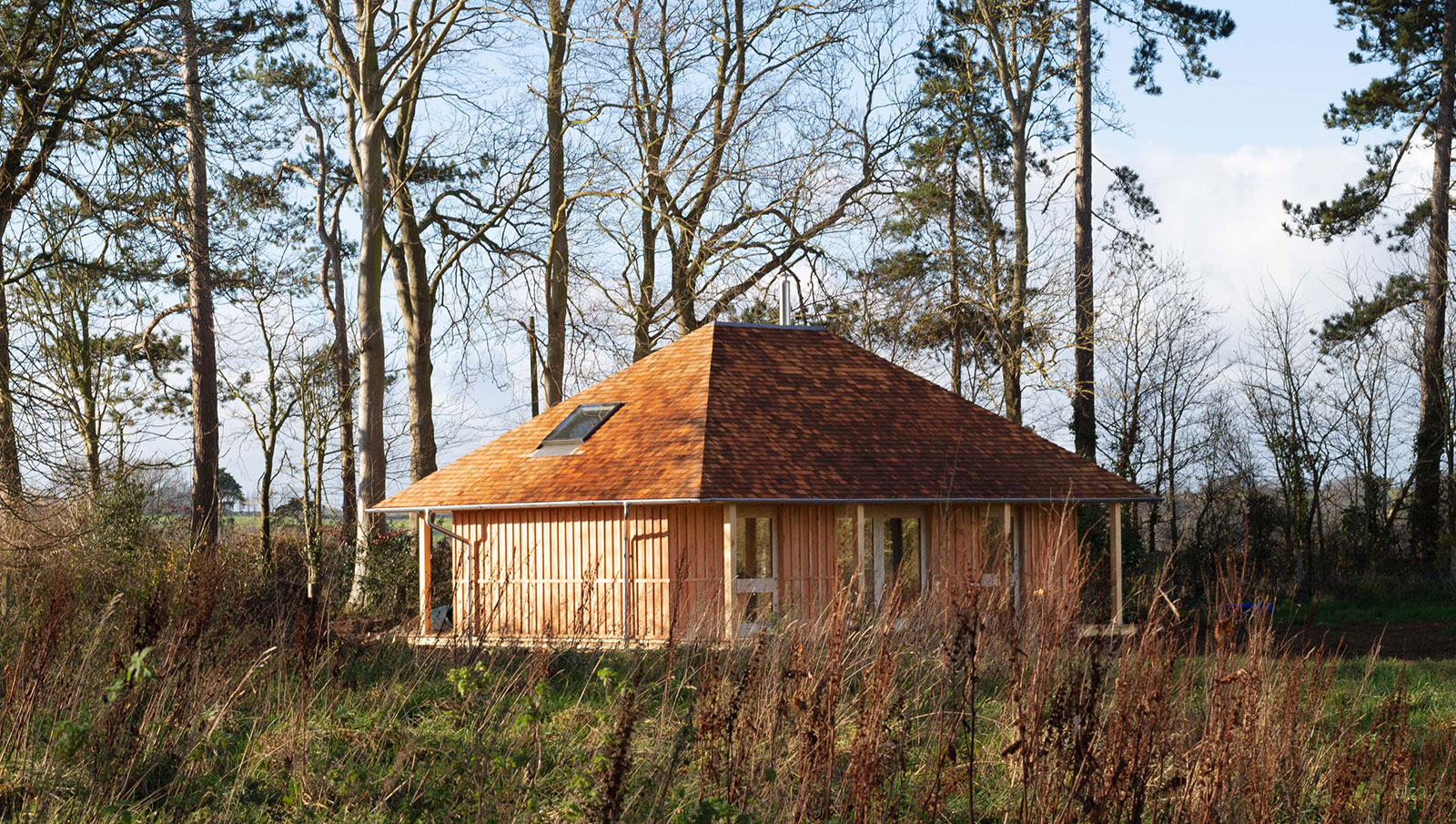 Material Cultures workshops support shift towards sustainable building practices
Material Cultures workshops support shift towards sustainable building practicesMaterial Cultures workshops explore new approaches to promote sustainability in the construction industry
-
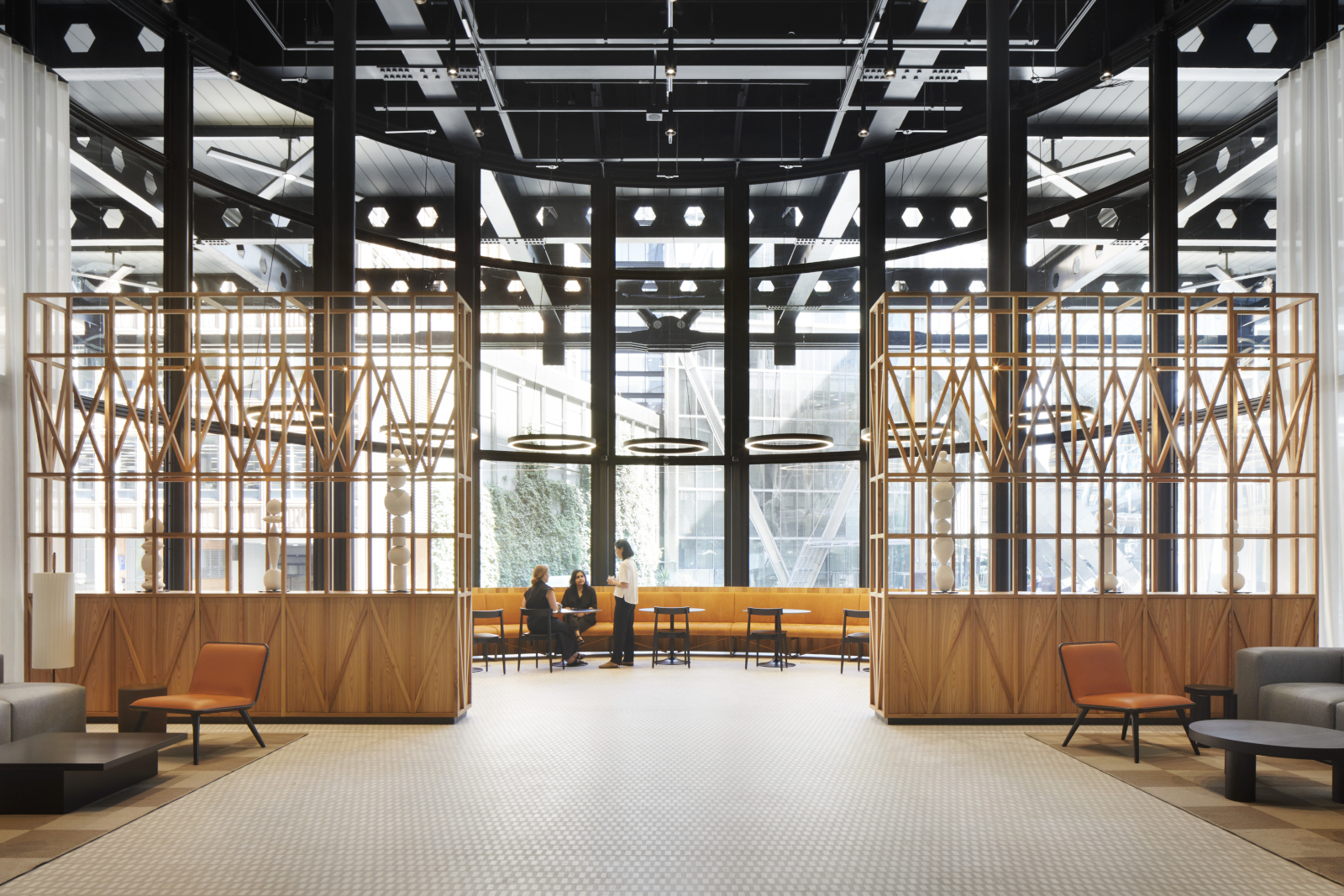 London's Exchange House gets a sustainable revamp
London's Exchange House gets a sustainable revampLondon's iconic Exchange House in Broadgate has been transformed for the 21st century by Piercy&Company